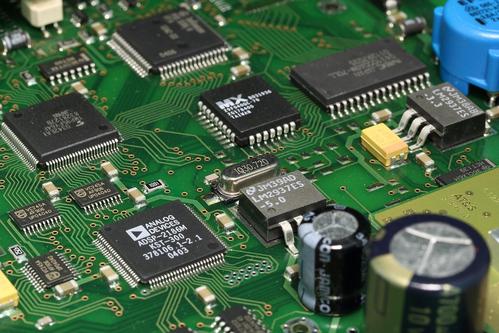 +86 755 2794 4155
+86 755 2794 4155  sales@knownpcb.com
sales@knownpcb.com
-
Shenzhen KNOWNPCB Technology Co., Ltd.
 +86 755 2794 4155
+86 755 2794 4155  sales@knownpcb.com
sales@knownpcb.com
 2023-08-02
2023-08-02
 652
652

(1) The distance between the Test point of Coupon is different from that of the cabling of Coupon, which will cause impedance discontinuity between the Test point and the cabling. This will result in different impedance test results.
(2) The impedance changes reflected by curved wiring and ideal wiring are inconsistent. The characteristic impedance at the bending and turning point of the wiring is often discontinuous, while Coupon's idealized wiring cannot reflect the impedance discontinuity caused by the bending of the wiring.
(3) Coupon and real wiring have different positions on the PCB board. Currently, PCB boards are designed with multi-layer wiring and require pressing during production. When a PCB board is pressed, the pressure on different positions of the board cannot be consistent, and the thickness of the dielectric layer at different positions will also vary. As a result, the dielectric constant of the PCB board made from this method often varies at different positions, and the characteristic impedance naturally varies.
(4) The impedance inside the board is reflected as discontinuous due to the influence of its surrounding vias, pads, shielding layers, etc., while Coupon cannot reflect the true changes in impedance due to its single wiring environment.
It can be seen that the impedance value reflected by Coupon cannot fully reflect the true characteristic impedance of the actual wiring inside the PCB board.
That's it, then we will use real experimental test data to verify the above theoretical and logical reasoning.
3 Test comparison
3.1 Testing Environment
A. Test ambient temperature: 23 ℃
B. Humidity: 55% RH
C. Test board image

Or call +86 755 2794 4155
Inquiry Now

